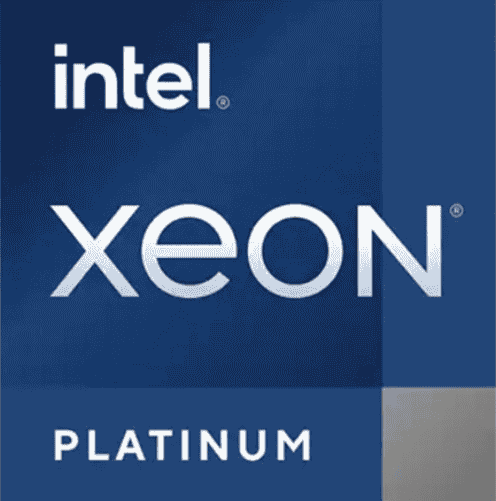224 Core Desktop PC with Dual Xeon 8480 engineering Processors on Gigabyte MS73-HB1 Motherboard
Gigabyte Motherboard : https://www.gigabyte.com/us/Enterprise/Server-Motherboard/MS73-HB1-rev-1x-3x
Intel Xeon 8480 : https://www.intel.com/content/www/us/en/products/sku/231746/intel-xeon-platinum-8480-processor-105m-cache-2-00-ghz/ordering.html

The 224 Core Desktop PC featuring dual Intel Xeon 8480 processors on the Gigabyte MS73-HB1 motherboard is not your typical home computer. It’s a workstation-class build designed for people who need extreme performance—engineers, researchers, 3D artists, AI developers, or anyone pushing workloads that normal desktops simply can’t handle. To put it into perspective, this setup has more CPU cores than some data centers had just a decade ago.
At the heart of this machine are two Intel Xeon Platinum 8480 processors. Each chip brings an astounding number of cores and threads to the table, and when combined, you’re looking at 224 physical cores working in unison. For tasks that can take advantage of parallel processing—like rendering, simulations, or large-scale data analysis—the difference is night and day compared to even the best consumer CPUs. It’s like comparing a four-lane highway to a 200-lane superhighway. Workloads that would normally queue up and wait for resources can now flow almost seamlessly.
The Gigabyte MS73-HB1 motherboard is built to support this level of power. It’s not meant to look flashy or sit in a glass-sided gaming case; it’s engineered for stability, expandability, and efficiency. This board supports dual-socket Xeon configurations, has plenty of memory channels, and is optimized for keeping the processors fed with data at all times. The system supports terabytes of ECC (Error-Correcting Code) memory, which is critical for professional use. ECC ensures that random memory errors don’t corrupt calculations, which could ruin simulations or datasets. This stability is the backbone of industries like finance, medicine, and scientific computing, where accuracy is non-negotiable.
What makes this kind of desktop special is its versatility. While it’s overkill for browsing the web or editing documents, it excels in specialized areas. For example, machine learning researchers can train models much faster thanks to the massive parallelism. Architects can render complex 3D scenes with unprecedented speed. Even biotech firms simulating protein folding or running genetic analysis can benefit from this kind of horsepower.
However, such power doesn’t come without challenges. A build like this generates serious heat, meaning cooling solutions must be carefully planned. Airflow, liquid cooling, and even noise management become critical considerations. Power consumption is another factor—the system will demand far more electricity than a standard PC, so running costs add up. And of course, the price of such a configuration places it firmly in the professional and enterprise category, not in the realm of casual computing.
For those who need it, though, this machine represents the cutting edge of what’s possible in a desktop form factor. It collapses workloads that would normally take days into hours, and hours into minutes. More importantly, it democratizes access to extreme performance. What once required a full rack of servers can now sit under a desk.
The 224 Core Dual Xeon on the Gigabyte MS73-HB1 is less of a “computer” in the everyday sense and more of a personal supercomputer. It’s a reminder of how far computing has come—and a glimpse of how much power individuals can now harness for innovation, creation, and discovery.









